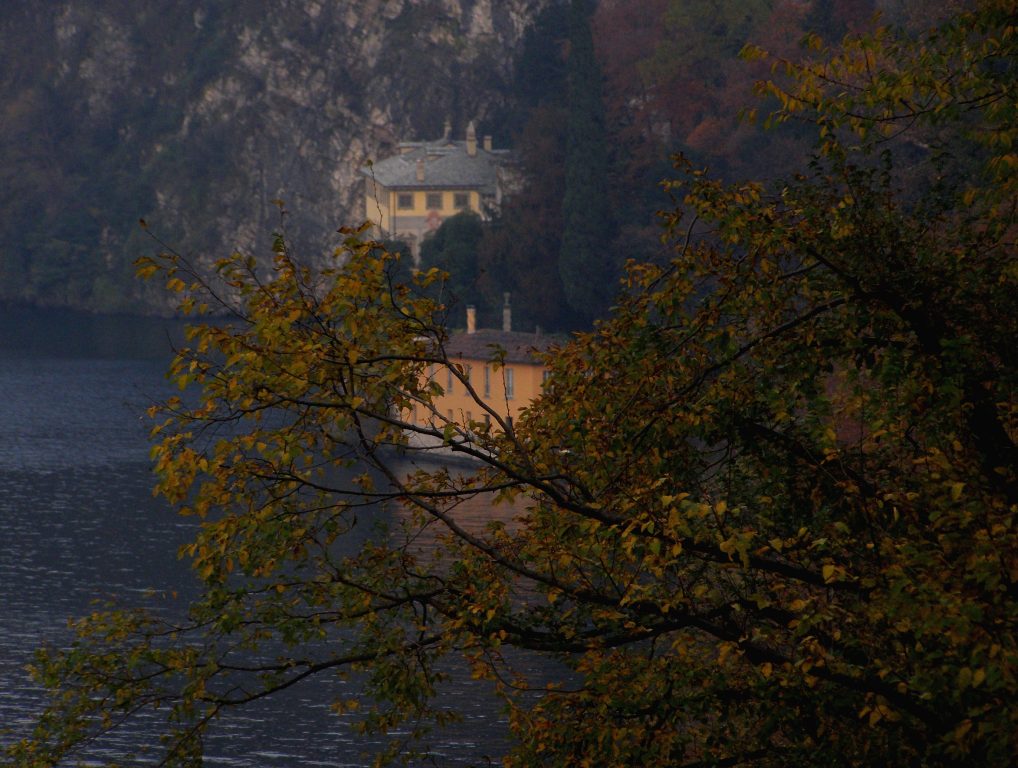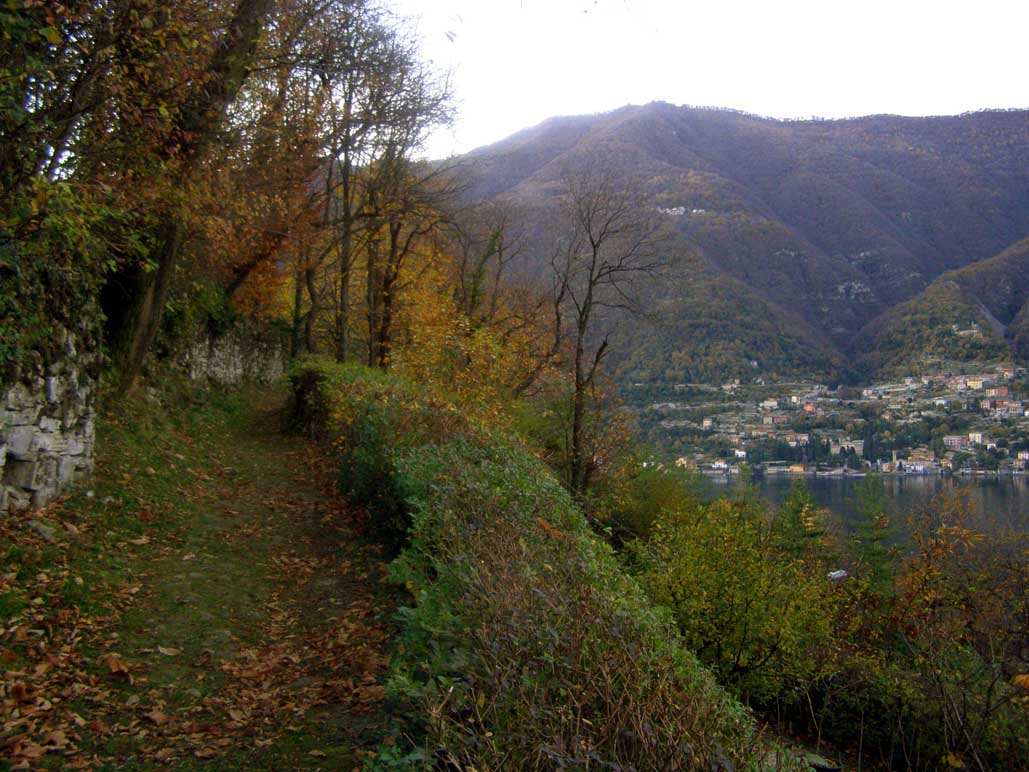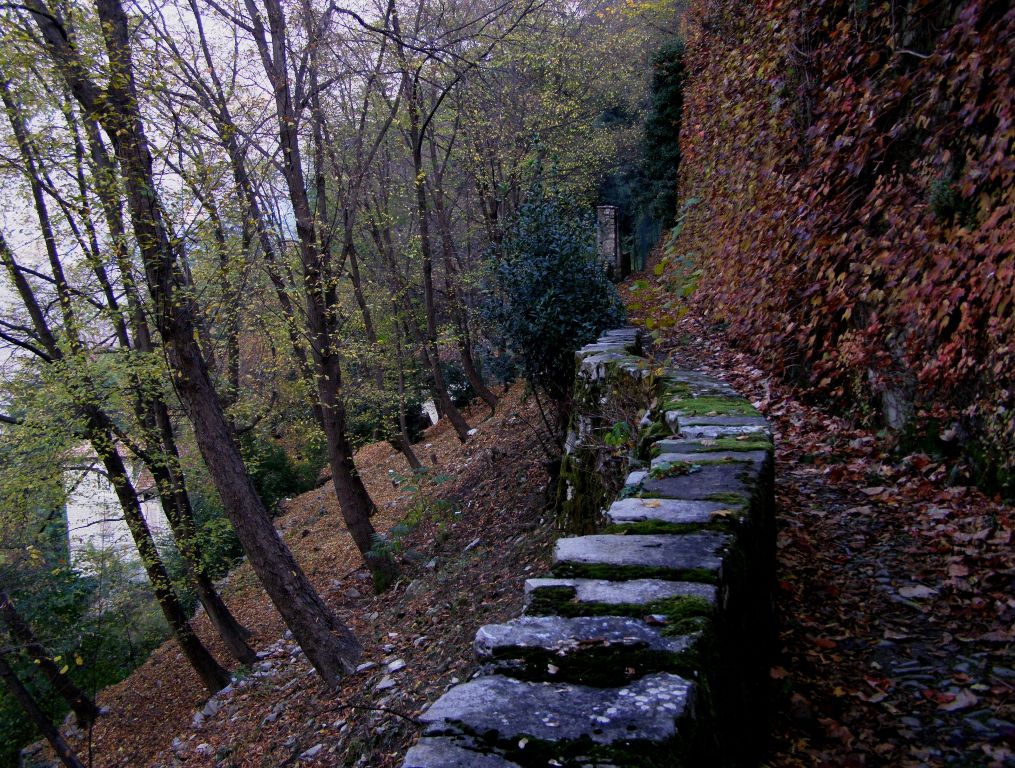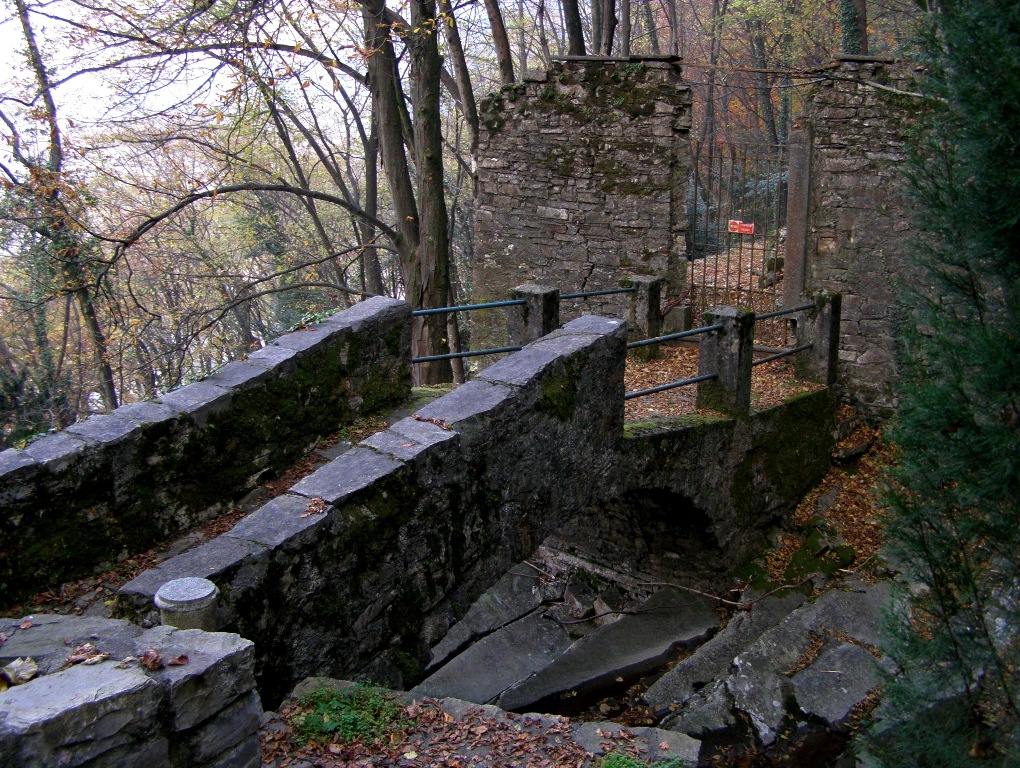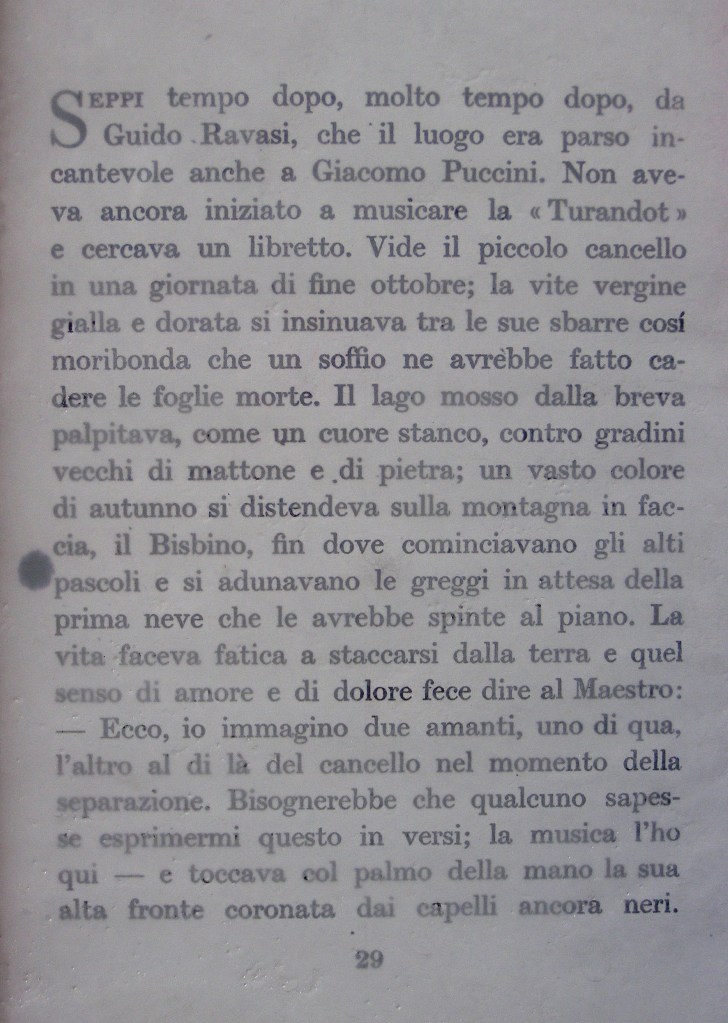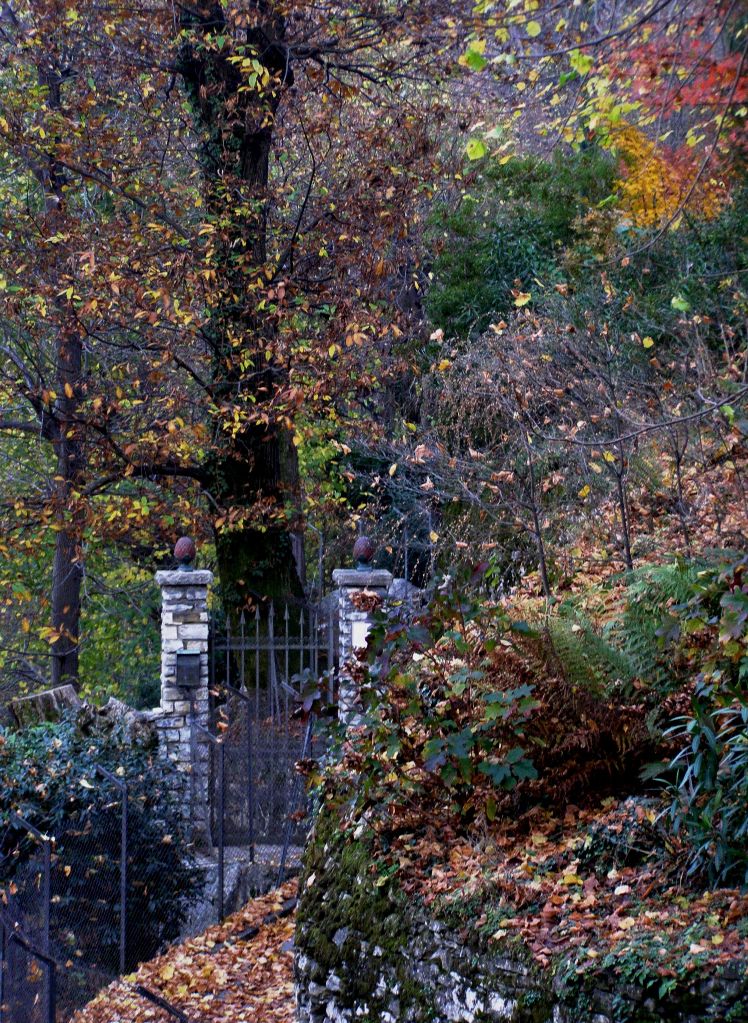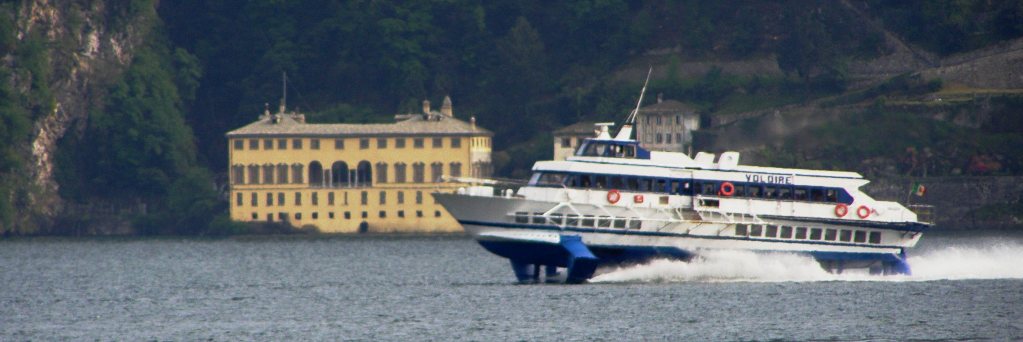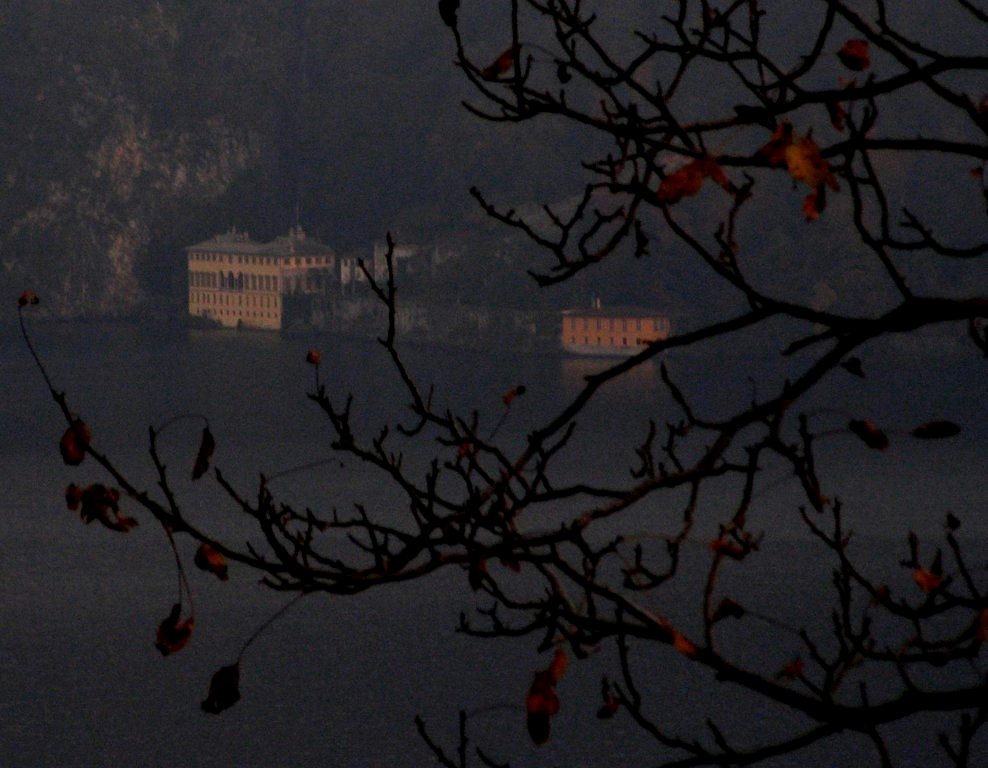
The haunted villa. |
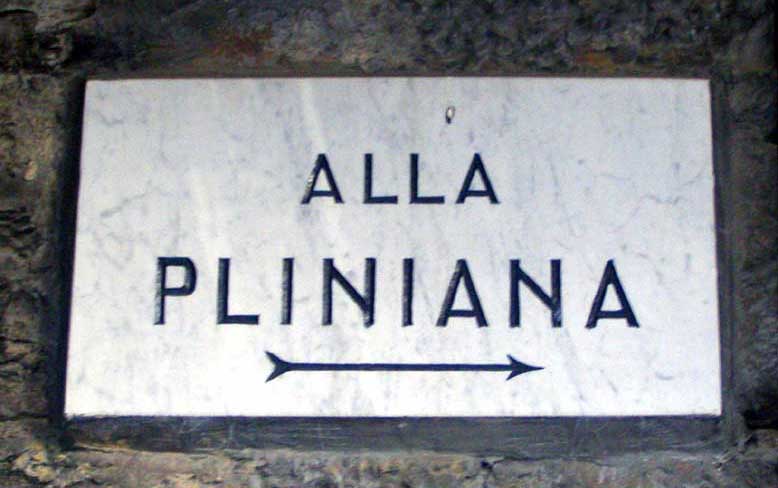 |
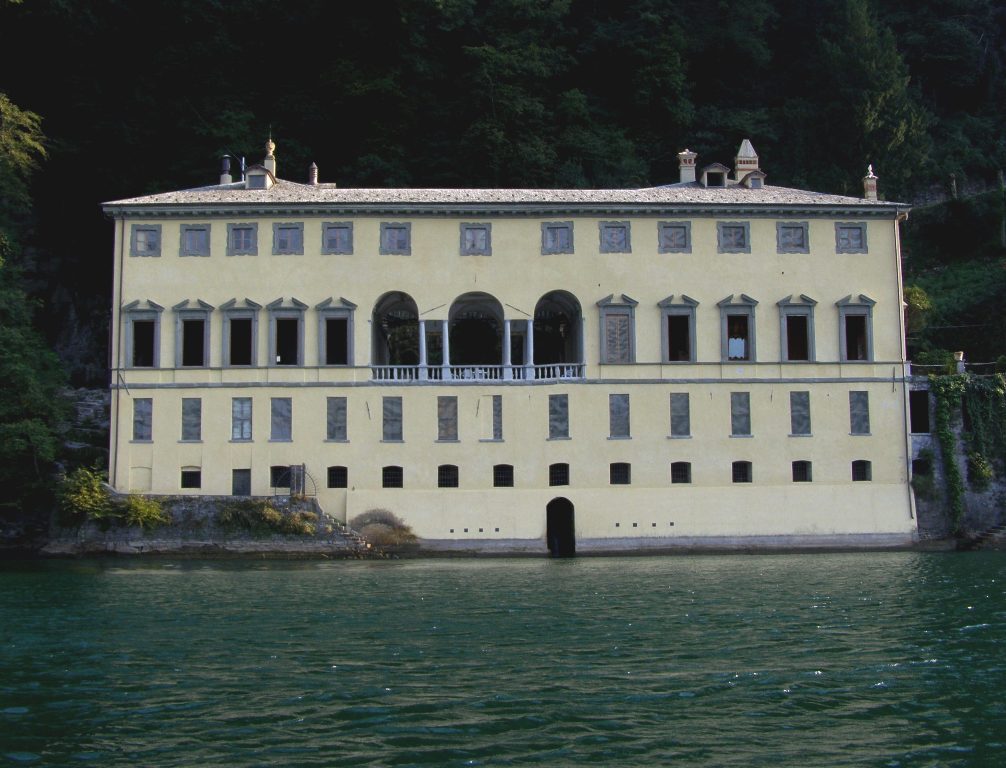 |
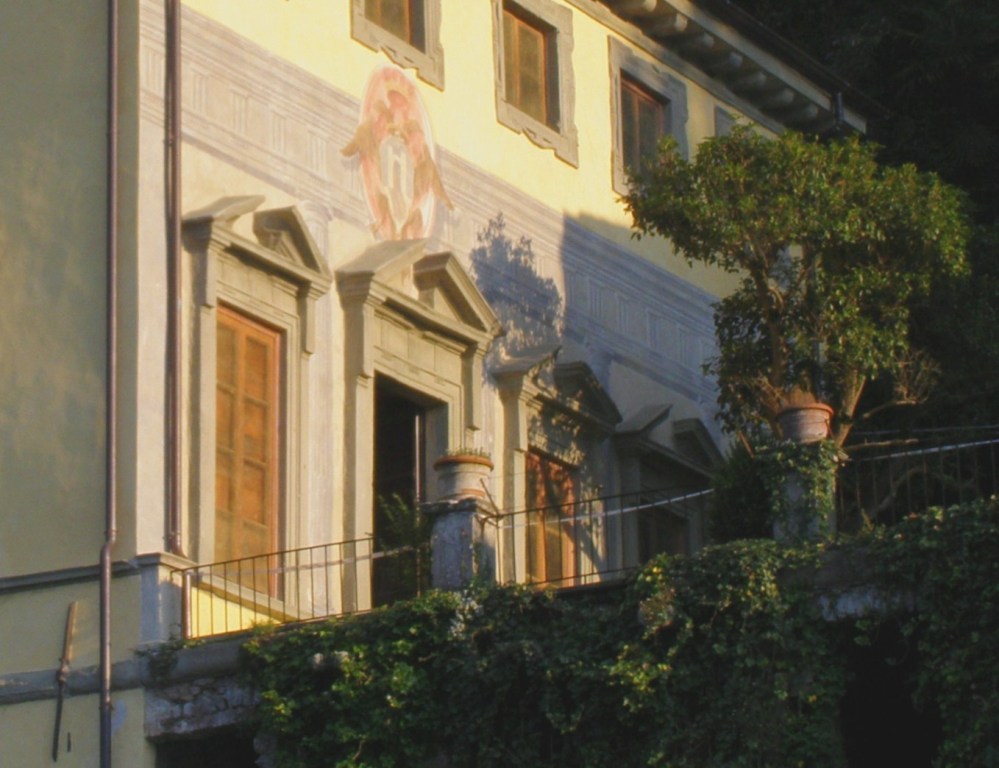 |
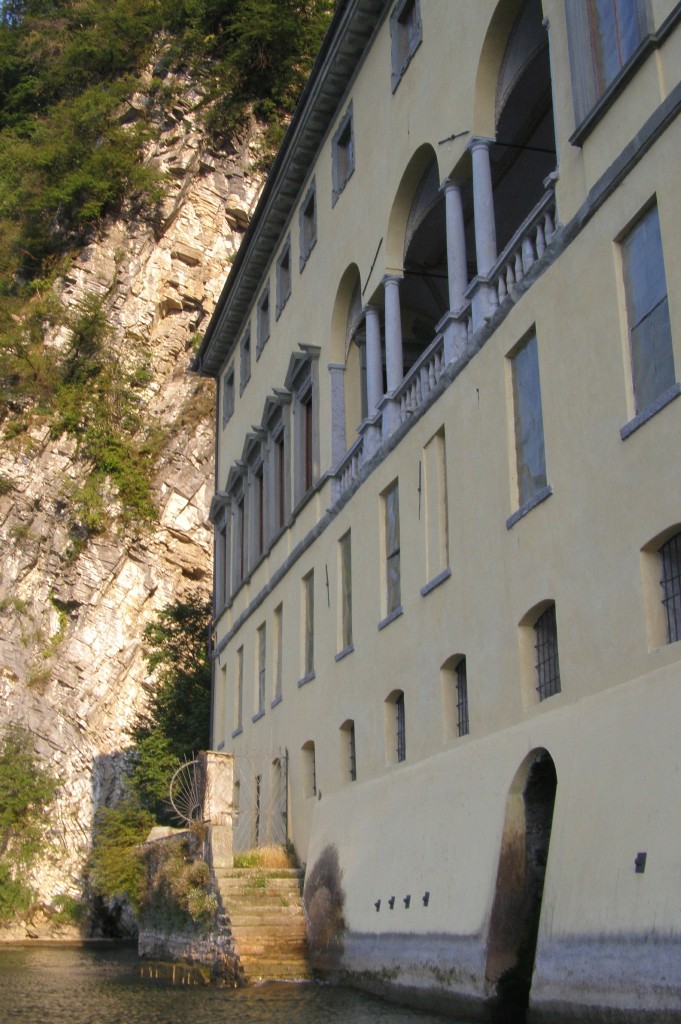 |
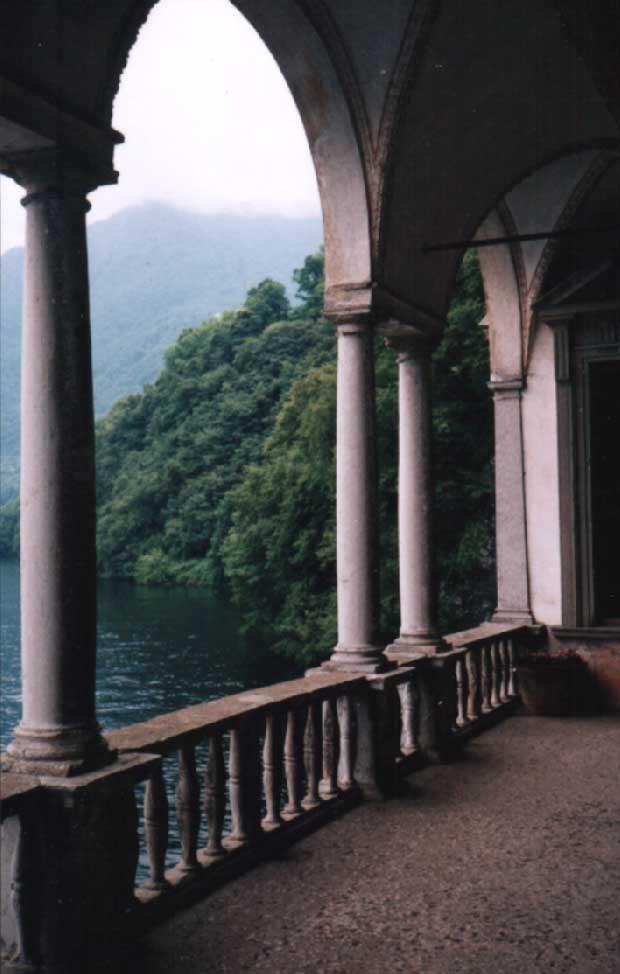
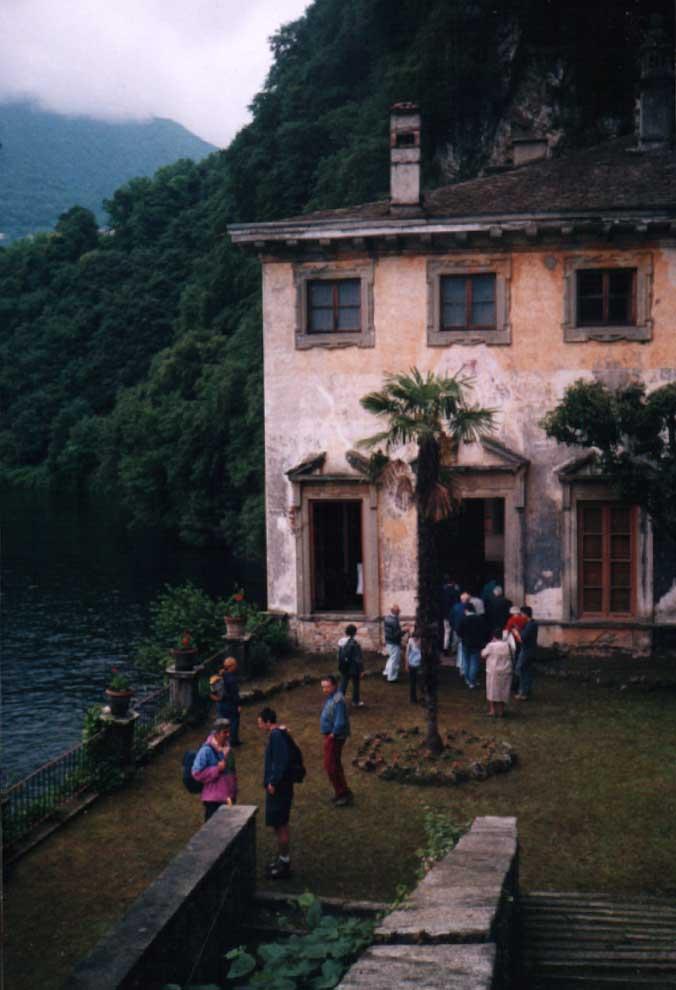 |
Villa Pliniana In an unspecified year of the 19th century, Corrado Silla, a young and unknown writer, was guest of earl Cesare d’Ormengo at villa Pliniana. Marina, the proud niece of the earl, occupied the room where a certain Cecilia, wife of an earl descendant from the d’Ormengo family, had died. Cecilia had been held prisoner in the villa by her husband as a punishment for a clandestine liaison. Marina believed herself to be the reincarnation of Cecilia; she could perceive her voce and fierce thirst for revenge. Silla - who was already bound to Cecilia through an exchange of letters concerning one of the writer’s works, “Fantasmi del passato” (Ghosts from the past) - was literally captivated by Marina’s allure, and tried to escape, in vain, from the palace. Marina, in a moment of lucid madness, drowned him together with her uncle and in the end, drowned herself in the same waters of the lake. This is a summary of the story narrated in Malombra, the novel written by Fogazzaro in 1881, inspired to the gloomy atmosphere of villa Pliniana. Film-maker Mario Soldati shot several scenes here for his homonymous film, a true masterpiece of Italian cinema. As a matter of fact, a legend suggests that the villa is still haunted by ghosts who used to torment the first owner, the governor of Como, Giovanni Anguissola, assassinated in 1578. But perhaps the most enthralling period traces back to the times of the Milanese prince Enrico Belgioioso, who had a secret and overwhelming love affair with Anna Berthier, princess of Wagram and consort to the duke of Plaisance. Every night, after the clock struck midnight, the two lovers would wrap themselves in a white sheet and jump down from the balcony overlooking the lake. The love affair lasted eight long years until the day when Anna unexpectedly abandoned her companion and left him all alone in the palace. Enrico, literally grief-stricken, died in Milan in 1858. Villa Pliniana passed to the Belgioioso descendants who resided there for another century before moving to the castle of Masino, in Piedmont. From then on, the villa has been lying abandoned, immersed in the suggestive melancholy of the Larian landscape and now a dwelling place for memories and shadows of past generations of illustrious Italian and foreign visitors: Napoleon, Berchet, Byron, Shelley, Stendhal, Foscolo, Fogazzaro, Rossini, Bellini and Liszt. An intermittent fountain that gushes out from a rock - also mentioned by Pliny and Leonardo da Vinci - is really worthy of note. The fountain is enclosed inside the building. Villa Pliniana, with its history and legendary aura, represents one the most valued treasures of the Lake of Como. |

